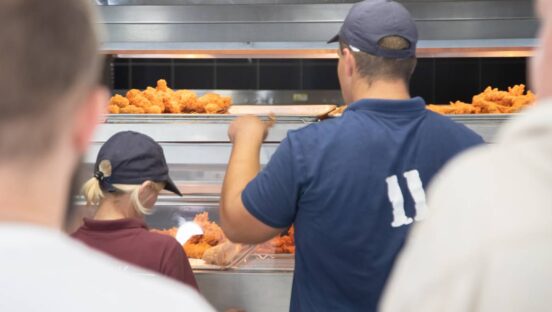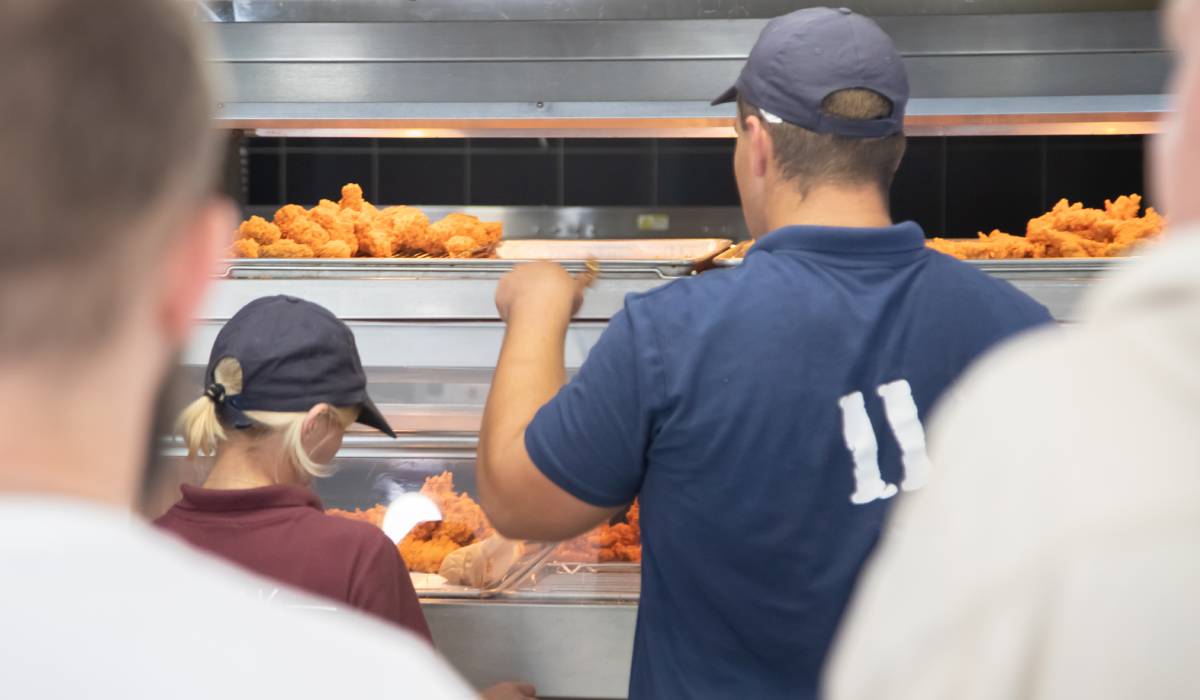The restaurant industry, while traditionally slow to adopt new technologies and digital innovation, was forced to accelerate the integration of tech-forward solutions after the COVID-19 pandemic altered the playing field forever. Many quick-service restaurant brands are now turning to software to keep up with the times and stay competitive in a world where contactless technology is the “new black.”
Early adopters of these technologies didn’t just survive the pandemic-turned-supply-chain mess. They thrived. And now, with a looming economic downturn threatening to become a global recession and commodity prices soaring, smart brands are continuing to look for technologies that will help their businesses reinvent themselves and, thus, remain profitable. Technology is no longer a luxury either, in a world where online ordering, self-checkouts, and touchless payments, delivery, and pick-up are the norm.
Did we mention the labor shortage problem yet? There’s also that not-so-small issue at play. The pandemic and “great resignation” worked hand-in-hand to leave 10 million job openings with only about 5 million unemployed workers to fill them, according to the U.S. Chamber of Commerce.
For the restaurant industry, this staffing shortage is even more mired, since labor recruitment and retention has been an issue since before COVID. Workers in the quick-service space have been notoriously difficult to keep due to the long hours, low pay, burnout, and lack of benefits. But, sadly, the pandemic-fueled shutdown shook things up even further, to the point where many workers left the industry with little to no intention of coming back.
So, how can future-forward software improve quick-service restaurant operations and circumvent these chronic staffing challenges? Here are five ways:
Organize Teams and Optimize the Workforce – Modern software and the data it provides gives operations managers more visibility into what’s happening on the ground, day to day. By seeing whether an area is overstaffed based on the actual patronage that shifts, managers can quickly pivot their operations to optimize the staff ratios they have. They can also make better-informed decisions on how to ultimately staff their restaurants or concession stands—and/or additional franchises or locations–moving forward.
Address Retaining Hospitality Workforce and Labor Issues—Software can also help brands create additional revenue by utilizing quick-service restaurant code ordering in the place of servers. By empowering patrons to simply order from a menu via their smartphone, many restaurants and concession stands can reduce the number of people taking orders and serve the same number of—or more—people. As patrons are inputting their orders, food can be processed faster and with less error than when involving a server.
Customize Task Requests—Ever wish you could create customized tasks with automated reminders or on-demand requests that ping workers on their smartwatches with specific messages? Now you can, thanks to modern software. From checking the bathrooms to restocking select items, customized tasks, messages, and reminders can help streamline operations dramatically. In addition, some software solutions even offer a task management module similar to Asana, Jira, or Monday.com—but designed with hospitality workers in mind.
Streamline Communication—Software can provide more streamlined communication across any QSR business, enabling workers to communicate directly with each other behind the scenes in real-time. This kind of live communication, coupled with the ability for managers to automate daily or weekly reminders, is extremely powerful. It helps coordinate a more efficient environment, leading to a better guest experience.
Access Real-Time Data—More data means fewer problems. Real-time data analysis can help QSR brands determine whether they are overstaffed, understaffed, or missing requests on certain days. Now, thanks to software that delivers this data and guest feedback in real-time, brands can validate or shatter their assumptions—and we all know what they say about assumptions.
At the end of the day, the hospitality industry is and always will be about people serving people. Of course, the best way to serve people is to stay in business by being efficient and profitable, and providing great products and customer service. And the best way to do that in 2023 and beyond—especially against the backdrop of an economy and workforce in potential crisis—is by adopting software that can maximize efficiencies, overcome labor shortages and deliver real-time data that helps managers make better and more informed decisions. Software that makes operations—and life—simpler is an investment in any QSR brand’s future.
Gabriel Weisz is the CEO and Cofounder of Kallpod. Weisz is inspired by the evolving power of digital and passionate about developing innovative tech solutions for the hospitality industry to make ordering and payments simpler than ever without the need for extra hardware or separate apps to download. He built Kallpod and its subsequent SaaS products, Mobile Ordering and Payment Platform and Listo, from the ground up over the past eight years—and, in less than five years, he extended Kallpod’s footprint to more than 1,000 venues across North America, providing a streamlined experience for both venues and their customers. Gabriel has forged partnerships with many leading hospitality brands worldwide, including Marriott, Live Nation, Legends, HMS Host, Aramark, and Levy Restaurants. Gabriel has a background in finance and asset management, with a Master’s degree in Finance and a BA in Economics.







